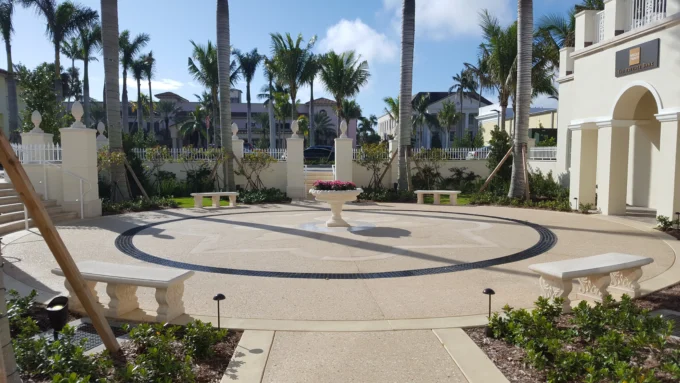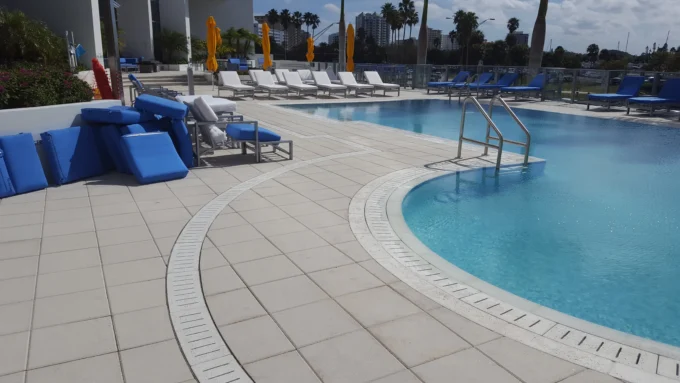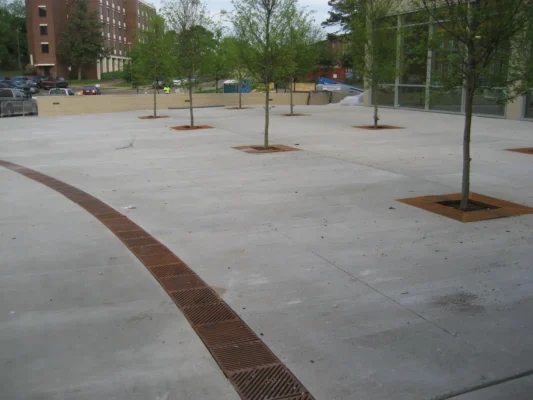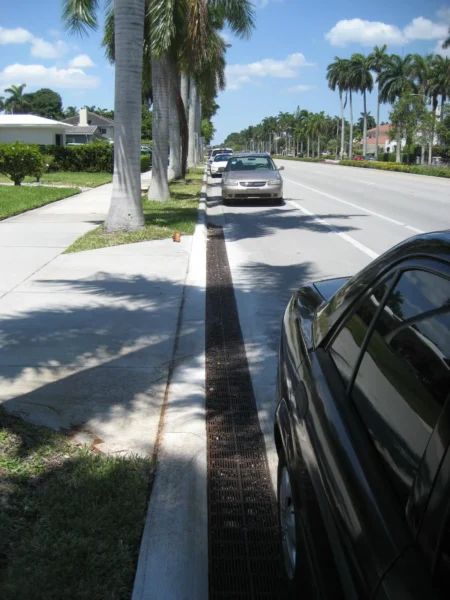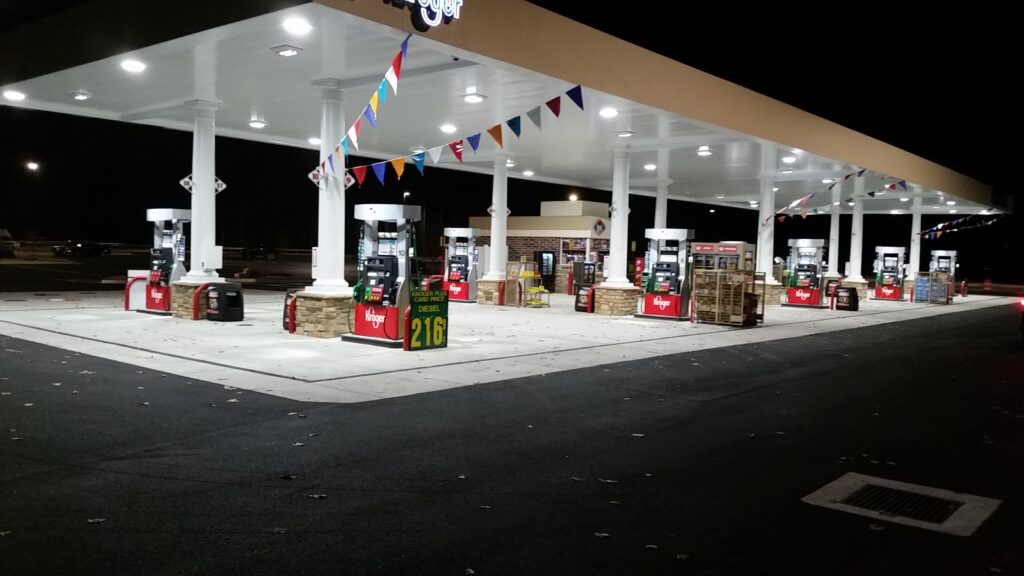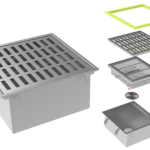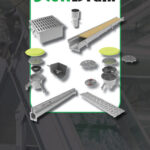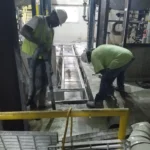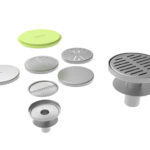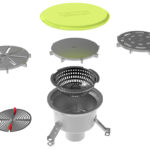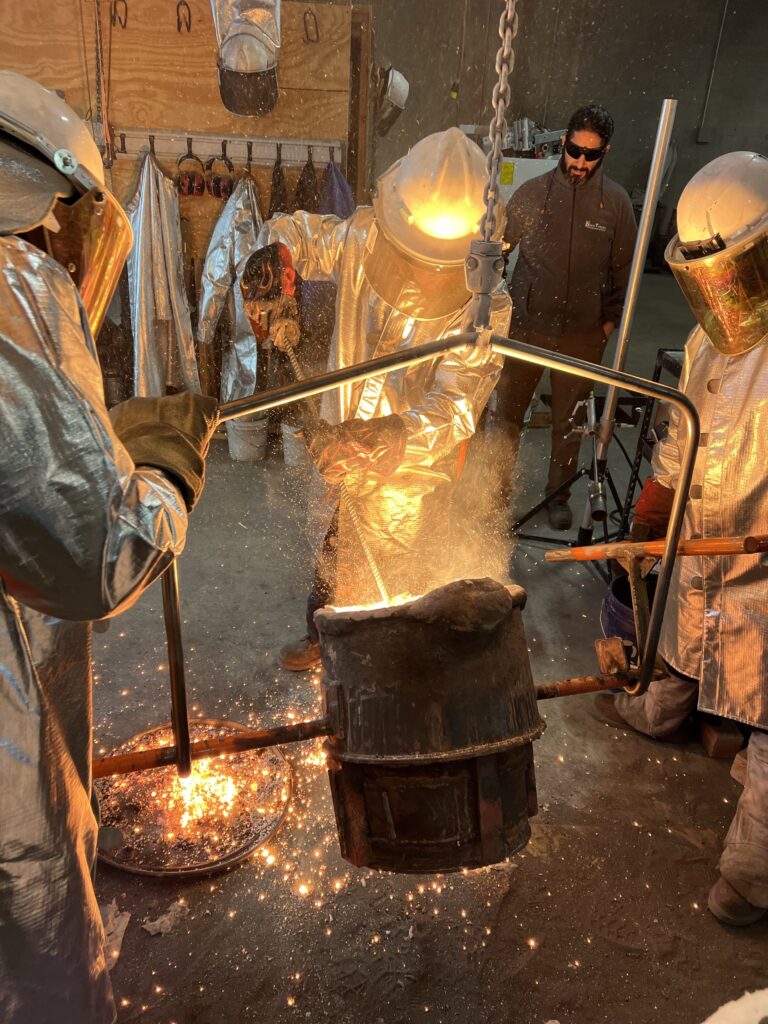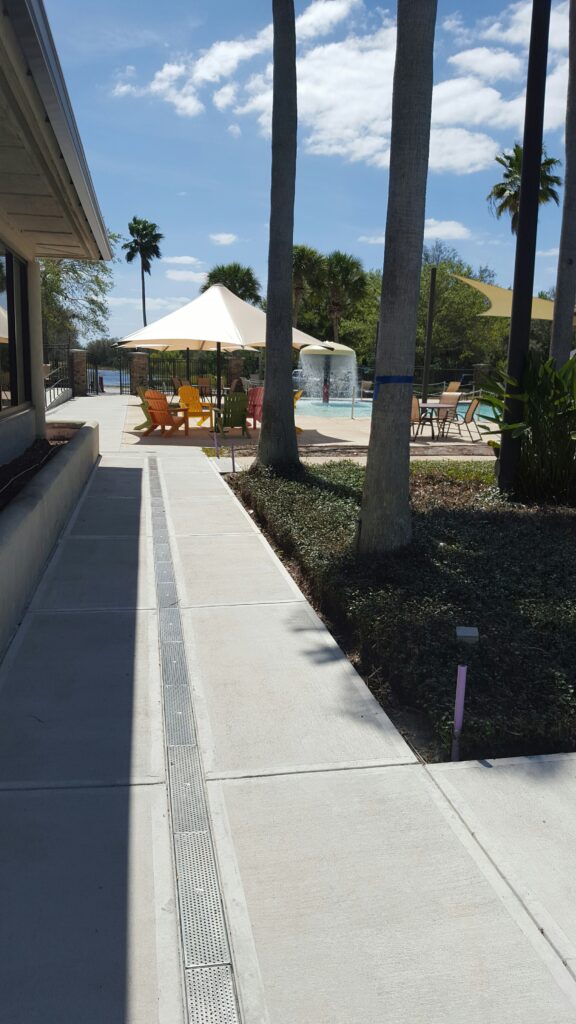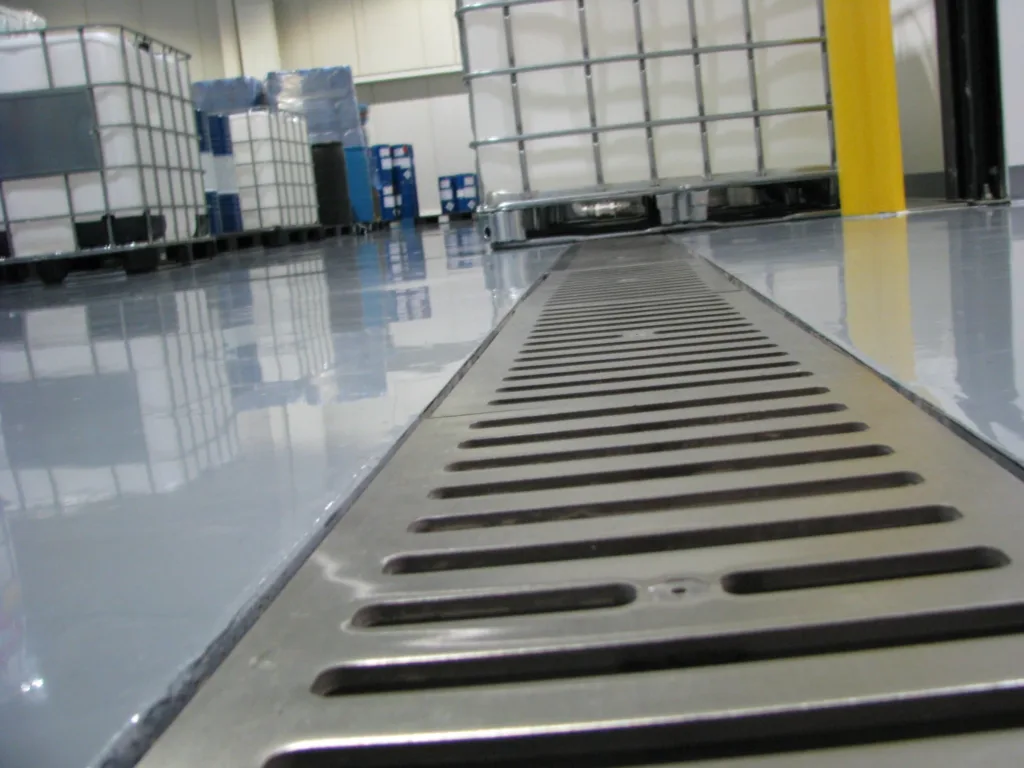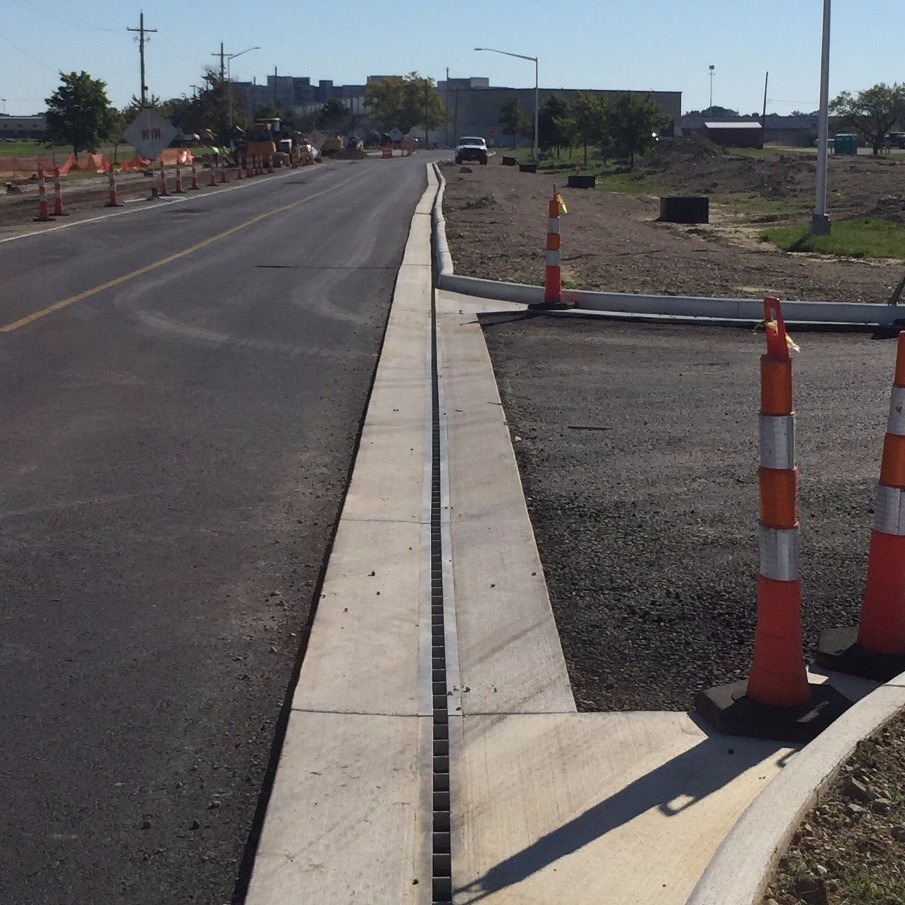The drainage around your home is key for the well-being of every part of your property. You need to be sure that standing water is not negatively impacting your yard, the foundation of your home, or things like walkways and driveways. Trench drain installation for your home can be a good way to keep water far away.
The drainage needs of your property will vary depending upon many factors, but typically a trench drain can be the best solution for your drainage requirements, no matter how much rain you get each year.
Trench drain installation for your home is one of the more affordable and effective ways to deal with water that you do not want to have standing on your property or running through it. This is a trench style with lots of longevity, and can be added with ease to nearly any kind of location.
In addition, there are many styles of trench drain that you can pick from, so you will be sure that you get the right kind of drainage solution for your unique needs.
What is the Purpose of a Trench Drain?
Trench drains are an effective way to make sure that your property does not suffer from standing water or rivers of water running across it during peak times for winter storms.
Trench drains typically come built with a predetermined slope, and you will be able to pick the right amount of slope for your needs to ensure that the drain will remove water and send it to a catch basin or a sewer outlet.
Trench drains are also sturdy enough to provide these services for your needs in locations where there is vehicle traffic or even on roadways. There are few drain types as resilient as a trench drain, allowing for them to be installed in locations with acidic soil and other challenges.
Trench drains do not require extensive excavation to install either, making them easy to add to nearly any location to provide drainage.
How do you Install a Trench Drain for a House?
You have a few options when it comes to installing a trench drain for a home. You can elect to create an entirely custom trench drain, but this can be very expensive. You can also choose to get a pre-made trench drain system sent to your location and install it yourself.
If you have construction experience or have worked on this kind of job before, it can be relatively simple to install your own trench drain. If you have not ever worked on a job like installing a trench drain, you can order the drainage solution that you need and have an installer place it and put it together for you.
Having a skilled team on hand to take care of this job can ensure that it will be done quickly and reliably. You might want to consider working with an installer to plan your trench drain as well since the length, slope, and design of the drain might need to be adjusted for your unique needs.
The first thing that you will need to do is determine where you need the drainage on your property and where it will be dropped off once it has been funneled away. You might not know enough to be sure about where to install your trench drain, which is another reason that having an installer help you out might be the right way to go.
Once you know where your trench drain needs to go, you can then proceed with the other steps of the installation process.
1. Dig and Prepare the Trench
The first step is to dig a trench for the drains to be placed in. You must allow a minimum of four inches around the trench drain on all sides. You should clear the trench of all debris and make sure that the slope is correct to match the slope of your trench drain system. If the slope is not handled correctly at this stage, the trench drain will not work correctly and could even fail.
Once the trench has been dug, you will need to clear it of remaining debris and add a one-inch layer of gravel. This gravel must be compacted down with a tamper tool. If you have challenging soil in your area, gravel might not be enough to make sure that the trench drain will have the support that it needs after installation.
This is another area of the installation process where having some advice and troubleshooting support from an expert can make a big difference. You can be sure that your trench will be sturdy and strong enough to support the installed drainage, and you need to be cautious about assuming that all soil types will offer this benefit.
2. Ensure Connections to Catch Basin or Sewer
You must be sure that you have set up your drainage solution correctly to deliver water to a catch basin or a sewer outlet. You should know where the sewer outlets are on your property based on survey information that you can get when building or buying a home.
However, if you are not sure where the connection to a catch basin or the sewer will need to be placed, you should be cautious about doing any excavation work until you figure this out. This is a key aspect of the performance of the drains that you have installed, and you cannot skip planning for this step.
Most trench drain systems can be made to connect to various kinds of catch basins and sewer outlets. There are different types of connections that might need to be used, and you can pick and choose from the available options to find the type of connector that will work for your unique drainage arrangement.
3. Lay the Trench Drain
Trench drain systems that are pre-built come labeled with arrows and numbers so that you know where to place each section of the prefabricated drain to get the correct slope and a nice, tight fit between segments of the drain. This can make it easier for trench drain installation for your home.
You will have a very different process to follow if you are pouring in place and creating a custom drain solution. These more complex types of drainage require forms that are placed with the right slope and angle to ensure a successful formation of the trench drain.
The lowest number on prefabricated drains will be at the discharge end of the system, and the biggest number will be at the opposite end. Make sure that you are careful about matching up all the prefabricated pieces correctly so that you do not have issues with water leaking out of the drain and undermining the trench itself.
4. Verify Channel Height
The channel height is critical to ensure that the system is protected from damage and that water can flow into the drains with ease. This is something that should have been figured out during the excavation process, but it is wise to check it again before you finalize your drain placement.
You will want to be sure that you have rebar clamps on hand to lock the drain together so that you can check the height of the channel with the trench drain placed correctly.
5. Backfill the Trench
The trench must be filled with concrete to finalize drain placement. You should first float the channel 1/16” below the first layer of concrete. When that layer has set, you can backfill the rest of the trench with at least 4 inches of concrete on both sides.
You will then smooth this layer of concrete out and let it dry completely. Curing can take variable amounts of time depending on the season, so be sure that you are conservative and wait out the full curing time.
6. Remove the Tape at the End of the Drain
When you have completed all of the curing processes, you can then remove the tape that is protecting the channel opening. Make sure to backfill any areas around the edges of the drain with soil if the drain is running through your yard. If the drain has been placed in a driveway or other location that is not surrounded by soil, this step is not necessary.
You will want to place your trench covers and screw them down if they are the style that requires this final step. Covers that screw down or are secured in some way are common in roadway installations or driveway locations. They are less common in yard installations. Your trench drain should now be fully functional and ready to keep standing water at bay all year long!
Do Trench Drains Need Maintenance?
Trench drains do need to have maintenance done on them at least once a year. If you have a lot of tree debris or plant debris that can get into the drain through the slots in the grates, you might need to clean your drains out a few times a year.
You can take care of this work yourself, or you can hire someone to come out and tackle this job for you. It is really simple to sweep out the debris that can collect in these drains, and most people just buy a few tools and take care of it themselves.
Why is Trench Drain Installation for Your Home a Good Idea?
Trench drains can be used in many locations all around your property. They can be placed in the driveway or along walking paths. They can run through your yard to handle standing water that collects in ungraded areas in the lawn. You can also use trench drains around fountains or ponds to make sure there is no issue with standing water in these areas.
You might also want to have trench drains near your patio or your deck to make sure that any water that collects in these areas does not sit against the foundation. As mentioned before, standing water can undermine your yard, run into your basement, and destroy or damage the foundation of your home.
You should make sure that the water on your property is not collecting in specific locations. Removing the water effectively can also prevent issues with foul-smelling and brackish water or the creation of breeding grounds for mosquitos.
Trench drains are highly effective at protecting your home from damage and they can be essential in the process of creating a usable yard as well. You should not leave the drainage at your home property to chance and turn a blind eye to standing water.
It is never a good idea to leave standing water all over your property in any season. Trench drains are so easy and affordable to install that you can take care of the drainage issues at your home with ease and without breaking the bank.
Trench Drains are Key to a Healthy and Safe Home
Trench drains can help to ensure that your property has the right drainage and trench drains can also prevent issues with unusable areas around your home as well as damage to the foundation of your home itself.
There are so many reasons that you might want to add trench drains to your home property, and there are many different styles of trench drains to choose from as well. Being able to keep your property looking its best and spare your home from water damage can be as easy as installing quality trench drains where they are needed most around your home.
Trench drains come in various styles and designs and they can be manufactured in advance and sent to your location, ready to install.
Make sure that you secure the help of an installation expert if you are not sure that you have the experience to take care of this job yourself. Getting your trench drains in place correctly is key, so make sure that you are not afraid to access the skilled assistance that you need during the installation process. Trench drain installation for your home can be a smart decision.

